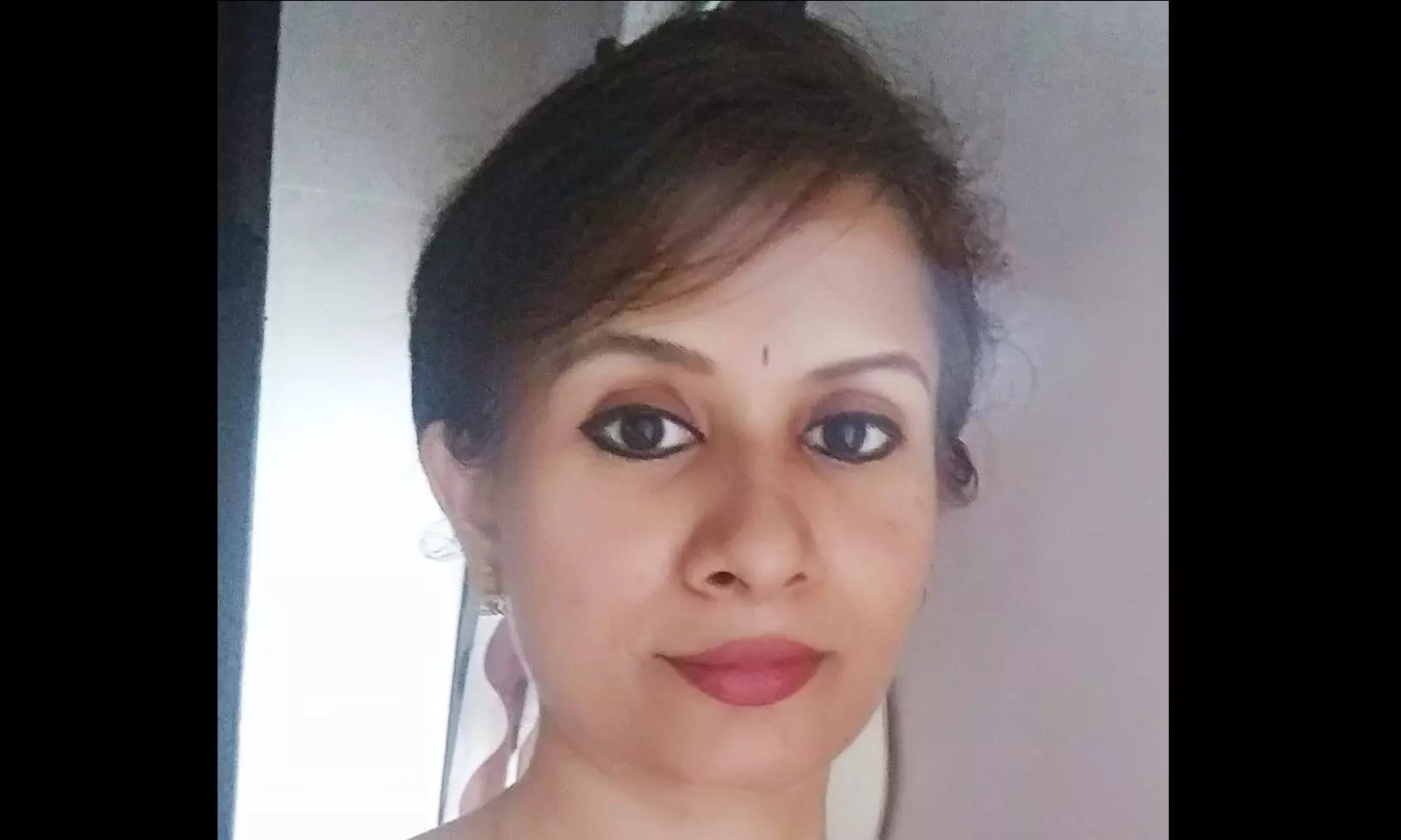Monsoon Surplus Boosts Sowing but Regional Deficits Persist
Estimate of emergence of La-Lina conditions from September to November, reduces the likelihood of increased rainfall in the final weeks of the monsoon season, particularly in key agrarian regions where the rainfall has been in deficient.

Chennai: The southwest monsoon achieved surplus levels in July as well as August. However, regional variations persist, slowing down sowing of some non-food crops and pulses.
In July, monsoon was 2 per cent above normal and it further strengthened in August by 6.6 per cent above normal.
Although the monsoon in this season has been above normal at the national level, significant regional variations persist. Approximately 42 per cent of the 36 meteorological subdivisions experienced cumulative rainfall deficits, including key agrarian regions, said Care Ratings.
While central and southern India saw substantial surplus rainfall, it was notably muted in Eastern India and the major agrarian states of Northern India. Key states such as Punjab, Bihar, Haryana, Uttar Pradesh, Gangetic West Bengal, and Orissa experienced double-digit deficits in rainfall. Estimate of emergence of La-Lina conditions from September to November, reduces the likelihood of increased rainfall in the final weeks of the monsoon season, particularly in key agrarian regions where the rainfall has been in deficient.
This shortfall could negatively impact overall agricultural productivity and output, especially given that approximately 97 per cent of kharif sowing has already been completed.
The Kharif sowing of food grains has increased by 4.6 per cent compared to the same period last year and is 2.9 per cent higher than the average sowing of 2021 and 2022. Sowing of all major categories of food grains led by cereals at 4.4 per cent and pulses at 5.7 per cent have shown improvement compared to last year. However, sowing of non-food items like cotton and jute have showed a sharp contraction.
Further, when compared to 2021 and 2022, sowing of pulses remains 6.5 per cent below the average levels. This is a concern given the persistent high inflation in this category.
